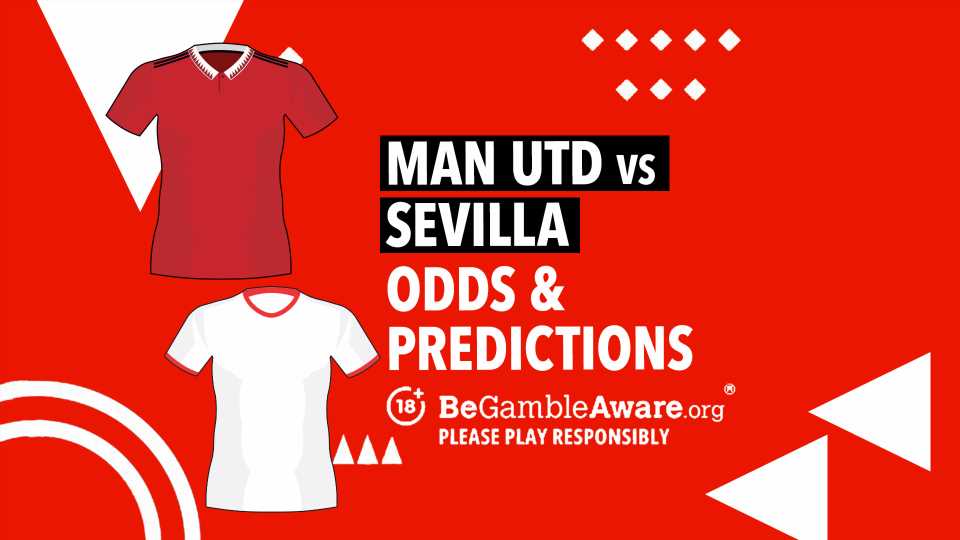The new UN climate report shows that the window for limiting global warming is closing fast. Scientist are ringing the bells that current climate actions are taking place too slowly.
- Plus, how social media has fueled a raft of car thefts.
- And, the snack aisle is getting bigger.
Guests: Axios' Andrew Freedman, Annalise Frank and Jennifer Kingson.
Credits: Axios Today is produced by Niala Boodhoo, Robin Linn, Fonda Mwangi and Alex Sugiura. Music is composed by Evan Viola. You can reach us at [email protected] You can text questions, comments and story ideas to Niala as a text or voice memo to 202-918-4893.
Go Deeper:
- UN report: Window for limiting global warming is closing
- Thieves across America are stealing Hyundais and Kias in seconds
- Fun foods proliferate as Americans snack more than ever
Transcript
NIALA: Good morning! Welcome to Axios Today!
It’s Tuesday, March 21st.
I’m Niala Boodhoo.
Here’s what you need to know today: how social media has fueled a raft of car thefts. Plus, the snack aisle is getting bigger. But first, today’s One Big Thing: why the new UN Climate Report isn’t a call to panic – but a call to action.
Why the new UN Climate Report isn’t a call to panic
NIALA: Another day and another new demoralizing UN Climate report, or is it? My Axios colleague, Andrew Freedman messaged me yesterday and said, “hey, I don't think this report is as depressing as people are making it out to be.” So I asked him to come on and explain why.
Hey, Andrew.
ANDREW FREEDMAN: Hey, how are you?
NIALA: Hey, so this UN Climate report seems to be saying that the window for limiting global warming is closing faster than we thought. Is that the big takeaway here?
ANDREW: Yeah. One of the big takeaways is that the window for achieving a particular target, which is limiting global warming to 1.5 degrees celsius is closing. We already knew that though this was science that's been around for quite some time. And really it is a blunt assessment of where we are, but the report does nothing to guarantee where we're going. Our future climate is totally up to us, and we have a lot of the technological tools already to alter the path of global warming so that we do in fact reduce warming and its impacts in the near future.
NIALA: So there's a new target for governments to aim for cutting emissions 60% by 2035 compared to 2019 levels. Do we have the tools to do that?
ANDREW: We have the tools to do that in terms of technology. So wind, power, solar, other technologies. What's lacking is political will and money. So this report really lays out we need more financing, especially for developing countries to deploy renewable energy at massive scales in order to get on that path. But even if we were to achieve a 35% reduction or a 40% reduction by 2035, it would still be a huge step. So the way many scientists look at this is this is a continuum, this is not one point after which we've gone over a cliff, right? Suddenly game over for the climate. We're talking about a continuum of escalating risks and we need to be limiting those risks and we have the tools to do so, but it's mostly political will and financing that's keeping those back.
NIALA: So is that how we should be thinking about this and probably subsequent UN climate reports?
ANDREW: Many people are gonna tune out. They're gonna look at this as, you know, another climate doomer type report. But when you look between the lines there is this kind of hidden aspect of climate science these days that I don't think people realize much. It's not as if we have to get to net zero emissions, and then climate change is just gonna keep going for thousands of years and getting worse and worse and worse.
If we actually make significant cuts in emissions, this report says that we're gonna see the results of that. We're gonna see some of the benefits of that within one to two decades. Yes, we need to get to net zero emissions and eventually we need to get to net negative emissions. But we have the opportunity to press the brakes at any point and to press the brakes as hard as we want. And really, this is about an opportunity that's in front of us.
NIALA: Andrew Freedman covers climate and energy for Axios. Thanks, Andrew.
ANDREW: Thanks for having me.
NIALA: In a moment how TikTok has caused car thefts to go viral.
[AD SPOT]
How social media has fueled a raft of car thefts
NIALA: Welcome back to Axios Today. I'm Niala Boodhoo.
Car thefts are up in major cities across the country from Baltimore to Cleveland, and in some areas thefts jumped 400% from 2019 to 2022. That's according to new data from USAFacts.
Kia's and Hyundais are particularly at risk and social media is to blame. Here with more is Axios’ Annalise Frank from Detroit.
NIALA: So Analise, Kia and Hyundai thefts have surged in cities like Chicago, Atlanta, and Seattle, and that's connected to the hashtag Kia Boyz, which has more than 33 million views on TikTok. What's going on here?
ANNALISE FRANK: So there have been videos surfacing on TikTok and there was also a documentary on YouTube about this, in which mostly young people are, um, showing or talking about how a vehicle can be stolen extremely quickly and then they can start the vehicle, with a screwdriver or a USB plugin.
NIALA: Analise. Are there specific models that are being targeted here?
ANNALISE: So it's a certain time period of Hyundais and Kias that lack these engine immobilizers. Um, they don't allow the car to start without the correct smart key present. Basically, Hyundais and Kias from 2015 through 2019 are twice as likely to be stolen as other vehicles from that period, according to the Insurance Institute for Highway Safety. The automakers now have these immobilizers in all cars, starting from late 2021 or 2022, uh, depending on which one. So really recent Hyundais and Kia are not affected. It's the earlier models.
NIALA: A lot of the people getting arrested for following this are young teenagers and they're taking these cars on joy rides without even having a driver's license. Are we seeing people get hurt from this?
ANNALISE: So the National Highway Traffic Safety Administration has estimated that, this trend is contributing to, at least 14 reported crashes and eight fatalities, um, nationally. And of course that it could be higher, but that's kind of what they're, they're estimating.
NIALA: And so, State Farm and Progressive have actually halted new insurance policies for select Hyundai and Kia vehicles in response to all of these thefts. What are the actual manufacturers doing to help consumers here?
ANNALISE: So, this past summer when I was doing some reporting on this, you know, Kia has said its vehicles meet federal safety standards. Both Kia and Hyundai have been providing wheel locks to police departments. In October, Hyundai started offering a security kit that you could pay for, to help get your car more secure. There were definitely concerns there that people had to pay for this fix that they saw as the automaker's fault.
So there have been some class action lawsuits, alleging that the car's poor security is a huge design flaw. There really has been quite a bit of litigation here. More recently in response to this, the automakers are in the process of rolling out a free theft deterrent software update, for about 8 million vehicles in response to this trend.
NIALA: What do you think all of this says about social media or viral trends?
ANNALISE: I think that it shows sort of how ubiquitous and widespread our use of social media is. I mean, everything in our lives is impacted and shown on social media from how we cook or, if you know, our car gets stolen or not. But it's also sort of how widespread it's become that has sort of, it seems at least prompted some, some action to make some change here in response.
NIALA: Annalise Frank is an Axios Detroit reporter. Thanks Analise.
ANNALISE: Thank you.
The snack aisle is getting bigger
NIALA: Browsing through the snack aisles you may notice some new items to choose from – things like mini twinkies or popcorn that taste like cereal. All of these products are a response to a change in our eating habits since the pandemic started. We’re snacking more and have replaced meals with more snack-like meals, or SMEALS, as one company puts it!
Axios’ Jennifer Kingson has more..
JENNIFER KINGSON: Americans are snacking now more than ever, and food manufacturers know it. They are pumping out fun foods that cater to our pandemic era habits where we learn to graze throughout the day instead of sitting down for three square meals. Now you can get cotton candy flavored like Dr.Pepper and feel-good new products like Cracker Jill, a feminist empowerment take on Cracker Jacks.
Last year, Americans spent 12% more on snack foods than the year before. Sweet and salty mashups, miniatures, flaming hot snacks are particularly hot. And breakfast is an all day affair with cereals morphing into snack bag products. We've got, uh, fun things like Cinnamon Fuego Toast Crunch snacks mix. Even Lucky Charms that taste like s'mores. One of my favorite new products is called Post Sweet Dreams, a cereal that's meant to be eaten at bedtime that has lavender and chamomile in it, supposed to put you to sleep. Consumer taste experts tell us that, uh, retailers want snacks that fly off the shelves and gives consumers “a good number of trips to the mouth,” so you feel satisfied because you can keep reaching for something that goes from the bag into your mouth.
NIALA: That’s Axios’ Jennifer Kingson. My personal favorite from our office – yes, we have a section called Snaxios, are the fruit snacks. What’s your favorite new snack?
You can email our team at podcasts at axios dot com or text me at (202) 918-4893.
I’m Niala Boodhoo – thanks for listening – stay safe and we’ll see you back here tomorrow morning.
Source: Read Full Article


